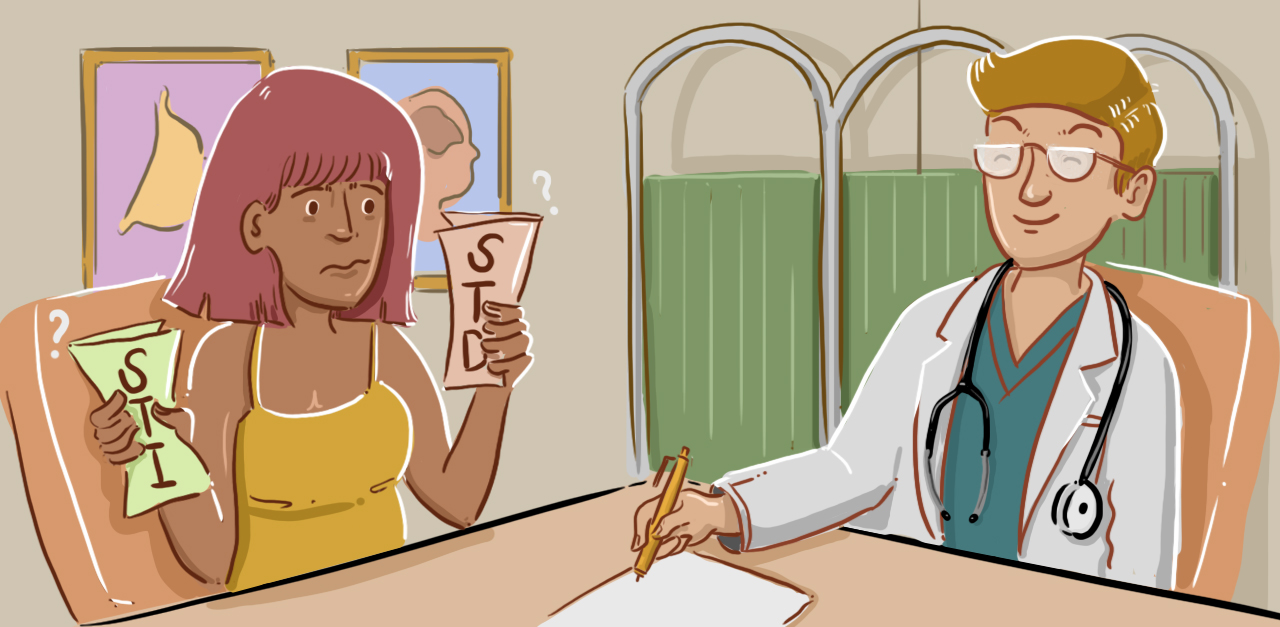
There are some topics that naturally make us feel uncomfortable. As a result, sometimes we don’t do the amount of research that we should. Take sexually transmitted infections (STIs), for example. You’ve probably heard the term before, but if someone were to ask you what the difference is between it and a sexually transmitted disease (STD), would you be able to provide the answer?
According to the American Sexual Health Association, one in two individuals will be diagnosed with an STI before turning 25, and approximately 20 million new cases of STIs occur every year. This means that not only should you know what an STI is, you should also have the right information on how to prevent them, what you should do if you’re diagnosed with one, and what an STI has in common with an STD.
The more knowledge you have on this topic, the better equipped you’ll be to protect your health — and the health of your partner.
What Do “STD” and "STI" Stand For?

Some people think that STD and STI are interchangeable, but that’s not totally accurate. If you are diagnosed with an STD, you have a sexually transmitted disease. If your diagnosis is an STI, you have a sexually transmitted infection.
What Is an STD?
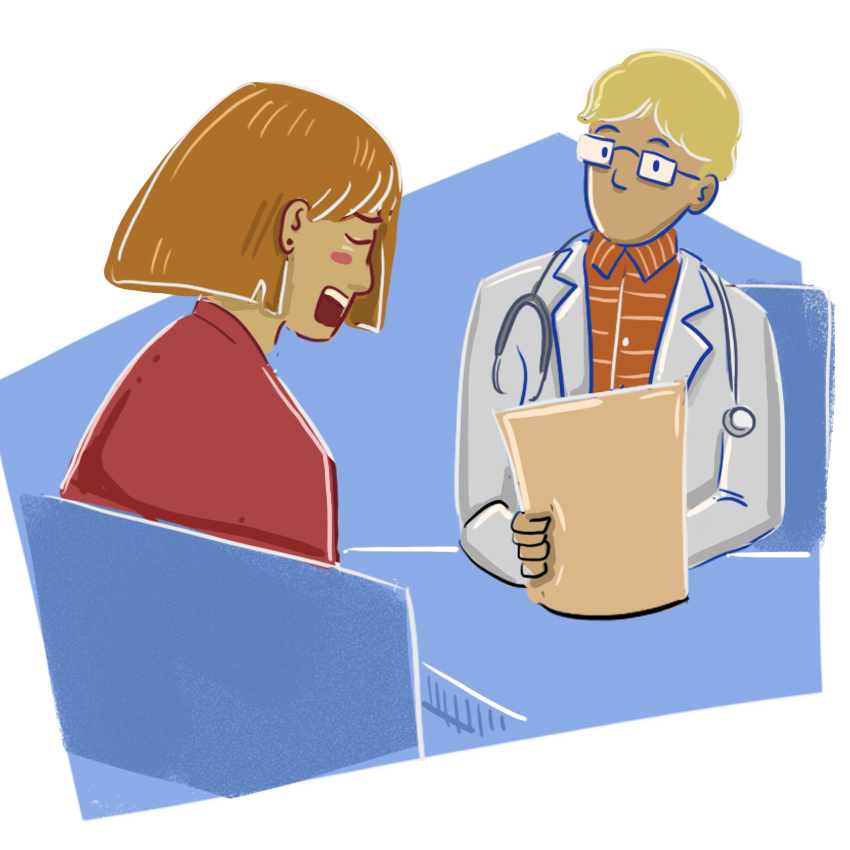
An STD is a disease that is transmitted through intimate sexual contact or anal, oral, or penetrative sex. Sometimes STDs can be asymptomatic, so even if you have no symptoms but you think you might have one, you should see your doctor to get tested.
What Is an STI?
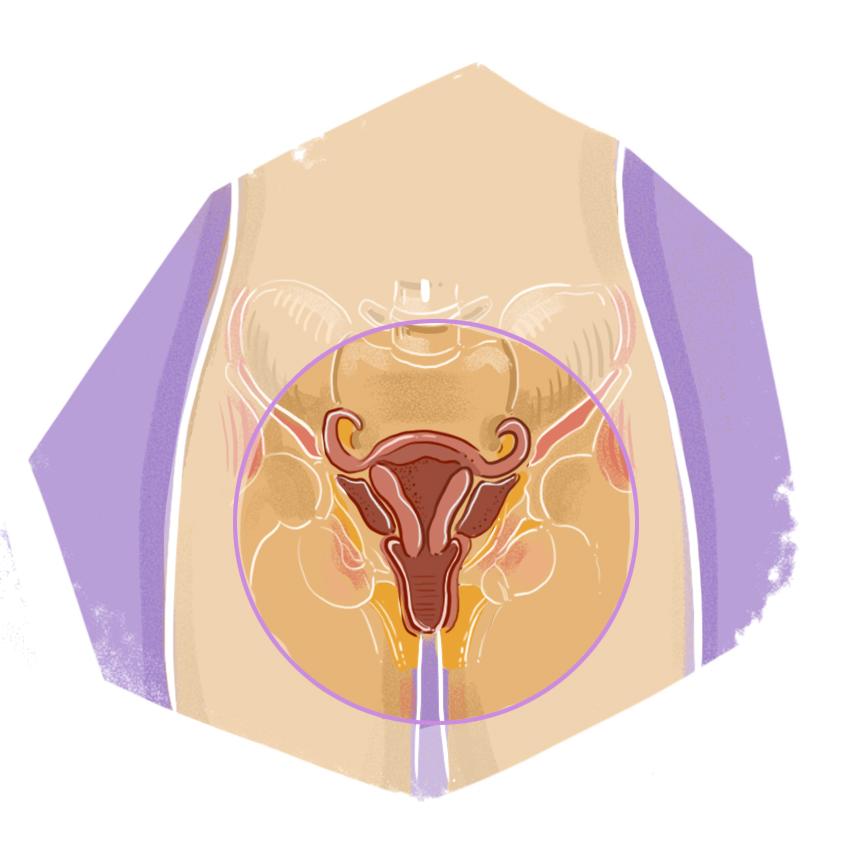
Now that you know what an STD is, what makes it different from an STI? Basically, if you have an STI, you have an infection that has been sexually transmitted, but that doesn’t mean it has become a full-blown "disease" yet or that you have any symptoms. In some cases, an STI can lie dormant in your system for months or even years.
All STDs Start Out as STIs

An infection occurs during the beginning stages of a disease, but not every infection necessarily becomes a disease. This means that every STD starts out as an STI, but not every STI becomes an STD.
STD Examples
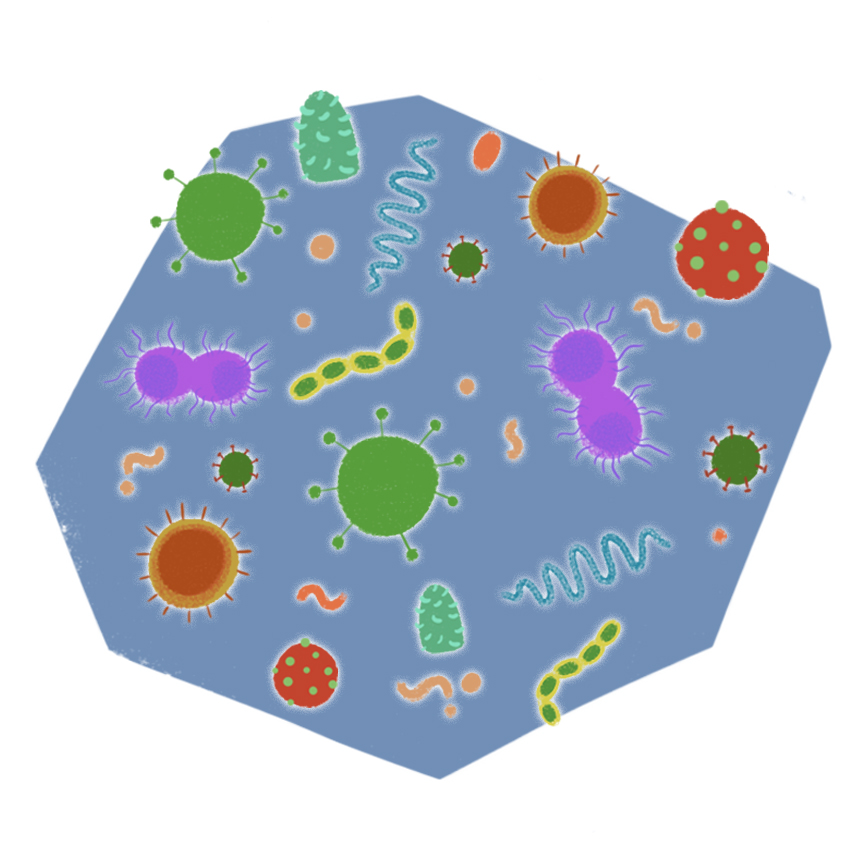
Some examples of STDs are genital herpes, chlamydia, gonorrhea, and syphilis.
Different STDs have different symptoms, which is why, if you are sexually active, it’s important to get tested for STDs every 12 months (even every six months, if possible).
STI Examples
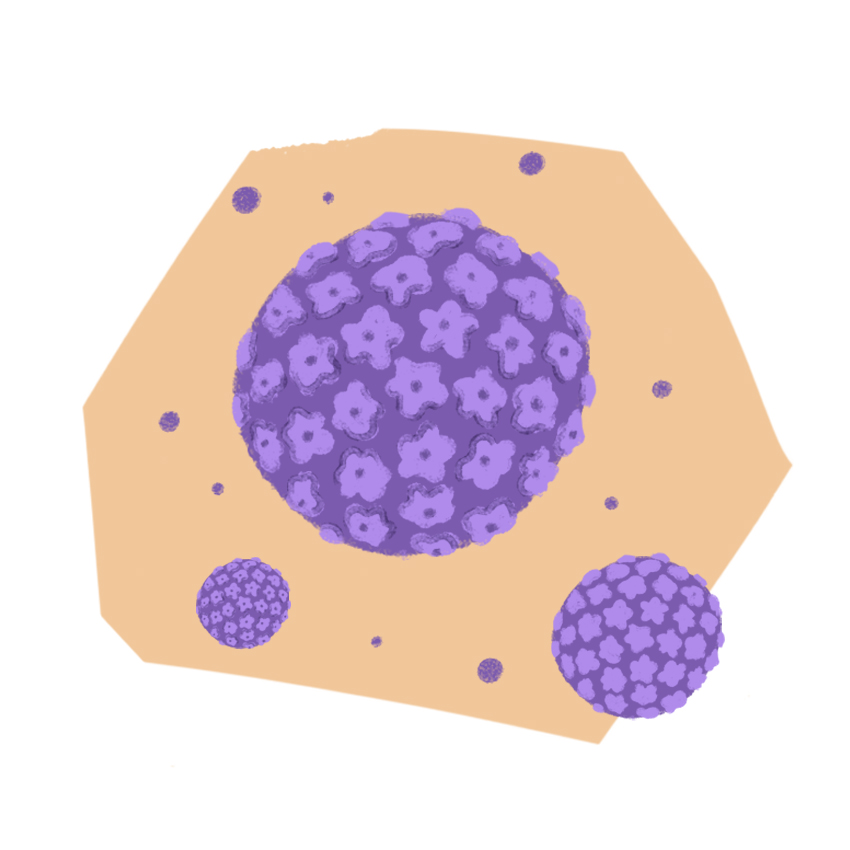
An example of an STI is human papillomavirus (HPV). It’s a group of 150 different viruses that are transmitted by having vaginal, anal, or oral contact with someone who already has HPV. Because, in many cases, HPV goes away on its own, it isn’t considered to be an STD. However, if the virus stays, it could turn into an STD or cause other health complications.
The STD Project explains why HPV is an STI but not an STD: “For instance, about 90% of women who are infected with human papillomavirus (HPV) clear their infections within two years. Only women with persistent infections are at risk for developing the disease — cervical cancer.”
STD Symptoms (in Women)

Although STD symptoms can vary based on the disease itself, some common ones include itching, burning, abnormal discharge, fatigue, fever, abdominal discomfort, rashes, and/or dark or smelly urine.
Because some of these symptoms are also indicative of yeast infections (which are not STDs), bacterial vaginosis, or urinary tract infections, you should contact your health care provider if you have any of these symptoms.
STI Symptoms (in Women)
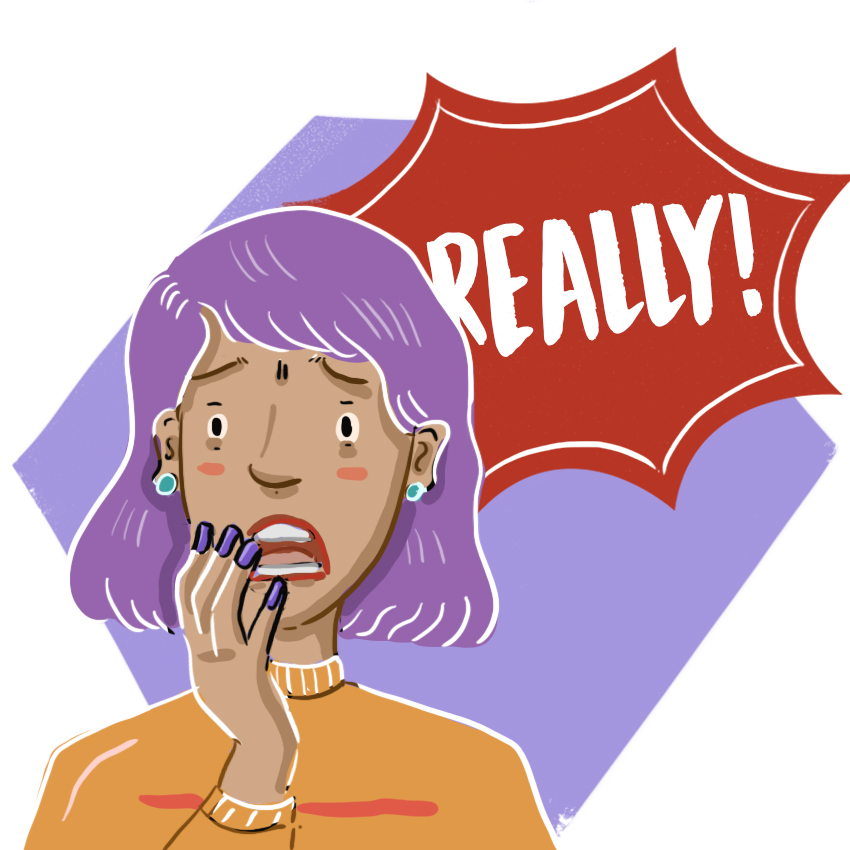
Remember, since STIs are infections that may or may not become an STD, you may or may not have symptoms related to having one. That’s even more of a reason to see your doctor on an annual basis!
How STDs Are Transmitted
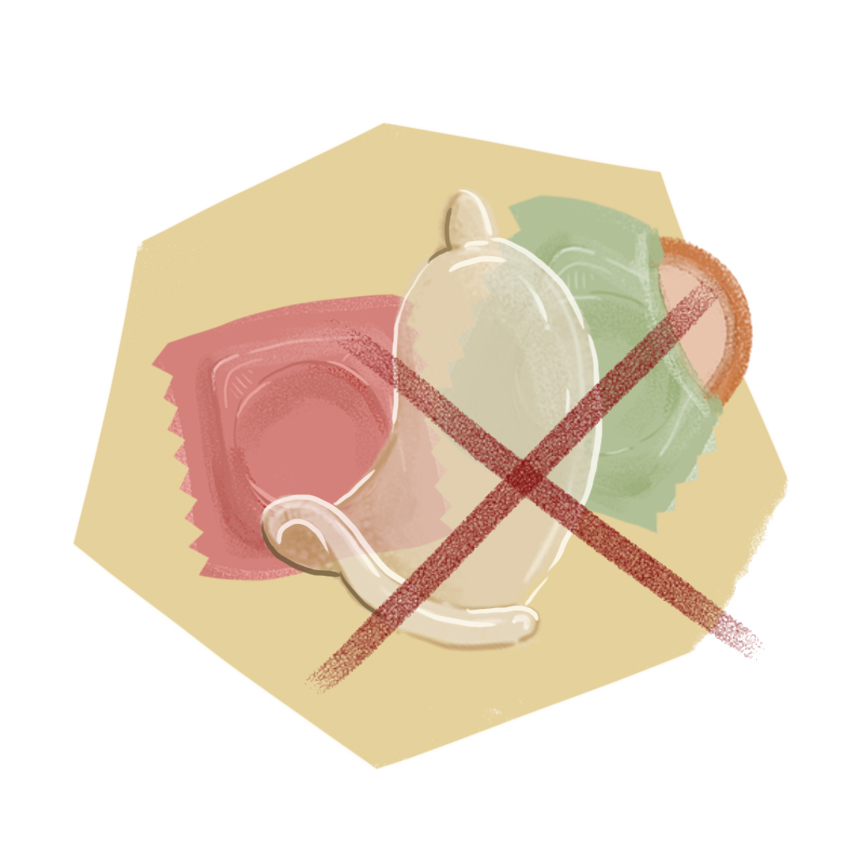
You probably already know that the most common way to get an STD is by having unprotected sex (any form of sex). That’s why you should use a condom at all times (and consider using a dental dam during oral sex).
That said, some people have gotten oral herpes through kissing, and others have contracted trichomoniasis through hand-to-genital contact and unsanitized sex toys.
How STIs Are Transmitted
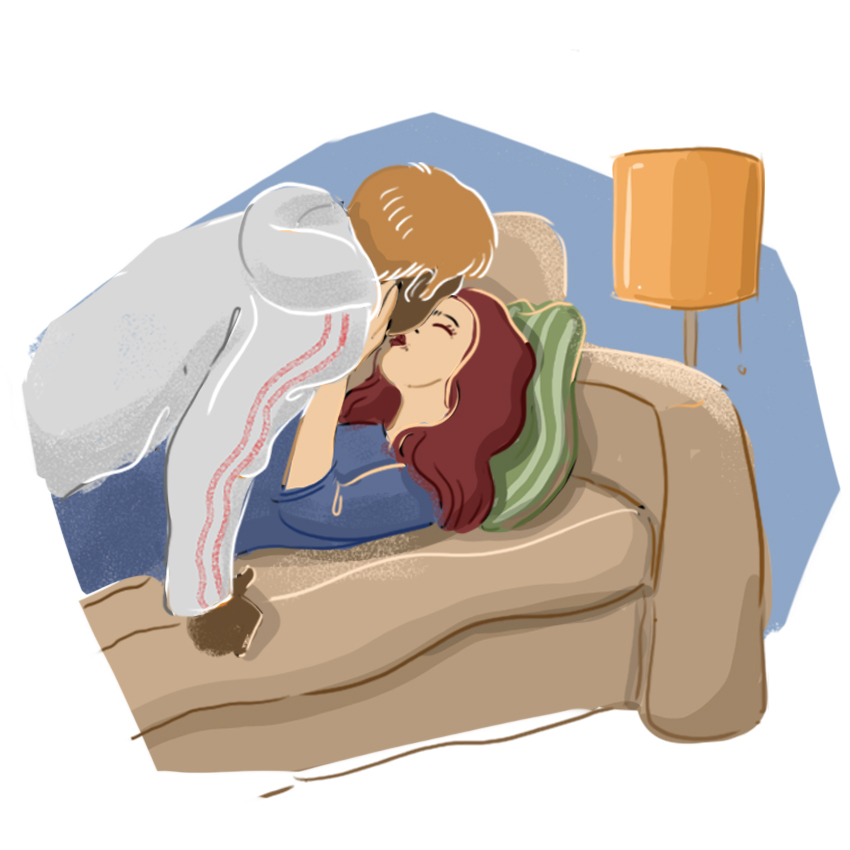
Speaking of hand-to-genital contact, some STIs can transmit from skin-to-skin contact. One of those is HPV.
There are also a few STDs that you can get this same way. Two of them are genital herpes (if your partner is sexually active during a flare-up) and syphilis.
Only Doctors Can Properly Diagnose an STD or STI

Although there is plenty of information online about STIs and STDs, your health is important. Therefore, you should never try to self-diagnose an STI or STD or solely rely on home remedies to treat one. Reliable STI and STD testing involves blood tests and/or other lab tests, so you should always see a doctor if you think you have an STI or STD.
If You Have an STD or STI, Your Partner Should Get Treated Too
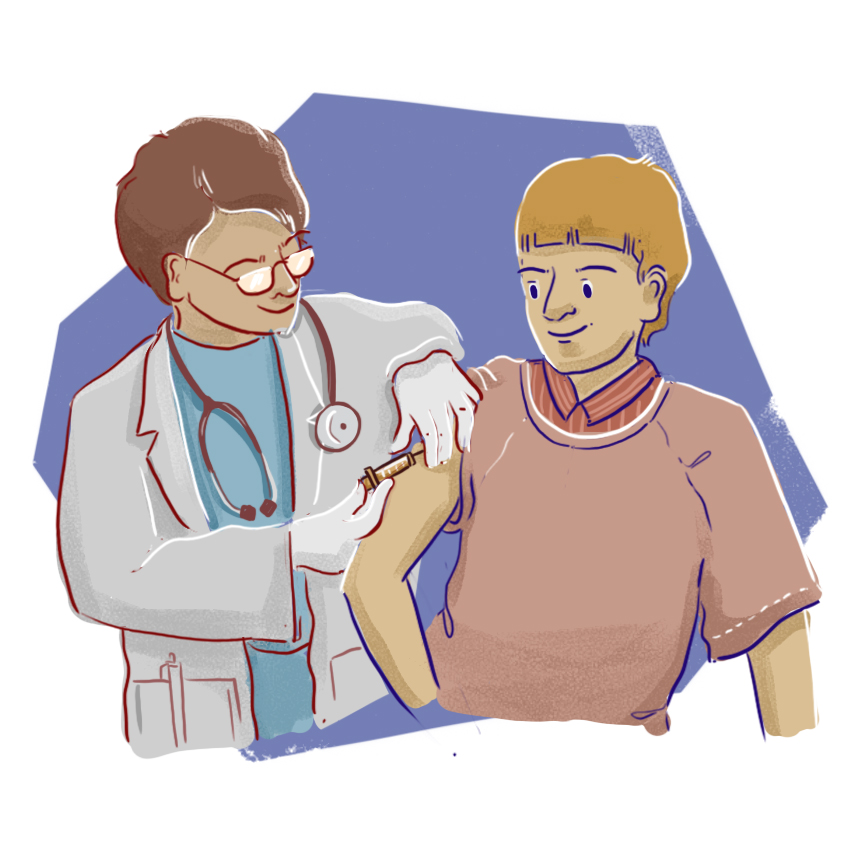
Another three-word term that you should know about is expedited partner therapy (EPT). It’s basically the process of encouraging your partner to get treatment for STDs like chlamydia or gonorrhea should you test positive for either ailment.
The reason why this is important to do is if you get diagnosed with an STD and don’t tell your partner, you could transmit the infection to your partner. If your partner is already infected but happens to be asymptomatic, the two of you could end up passing the disease back and forth.
How to Reduce Your Risk

By no means should this tip be seen as a form of birth control or a guaranteed way to keep STIs/STDs at bay, but many medical professionals agree that washing your genital region immediately following sex can reduce your risk of certain infections. Also, if you use the bathroom right after sex, it can flush some of the bacteria that might be stored in your urethra.
Whatever you do, don’t douche. That can actually flush germs farther up into your body and throw off your pH balance (which could lead to a yeast infection).
Get STD and STI Testing Regularly
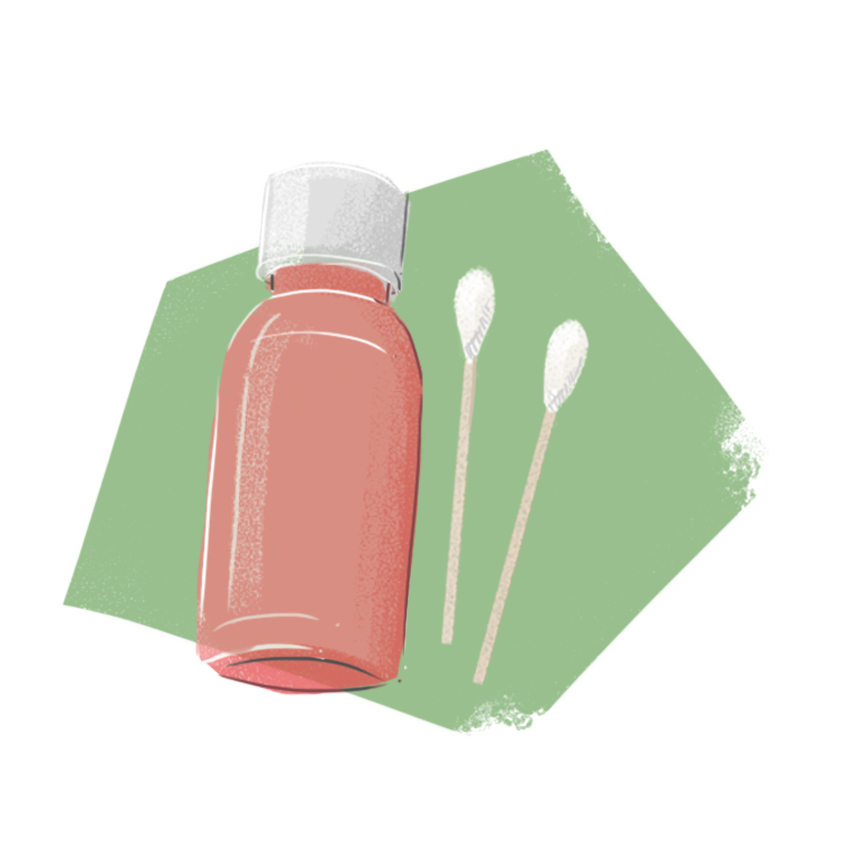
Since six out of 10 young people who have HIV don’t even know it, and with gonorrhea, syphilis, and chlamydia back on the rise, it can’t be said enough that getting tested for STIs/STDs once a year is imperative for your overall health and well-being.
In addition to getting tested regularly, you should always use protection. It’s a step that can keep you free from STIs — and STDs.




